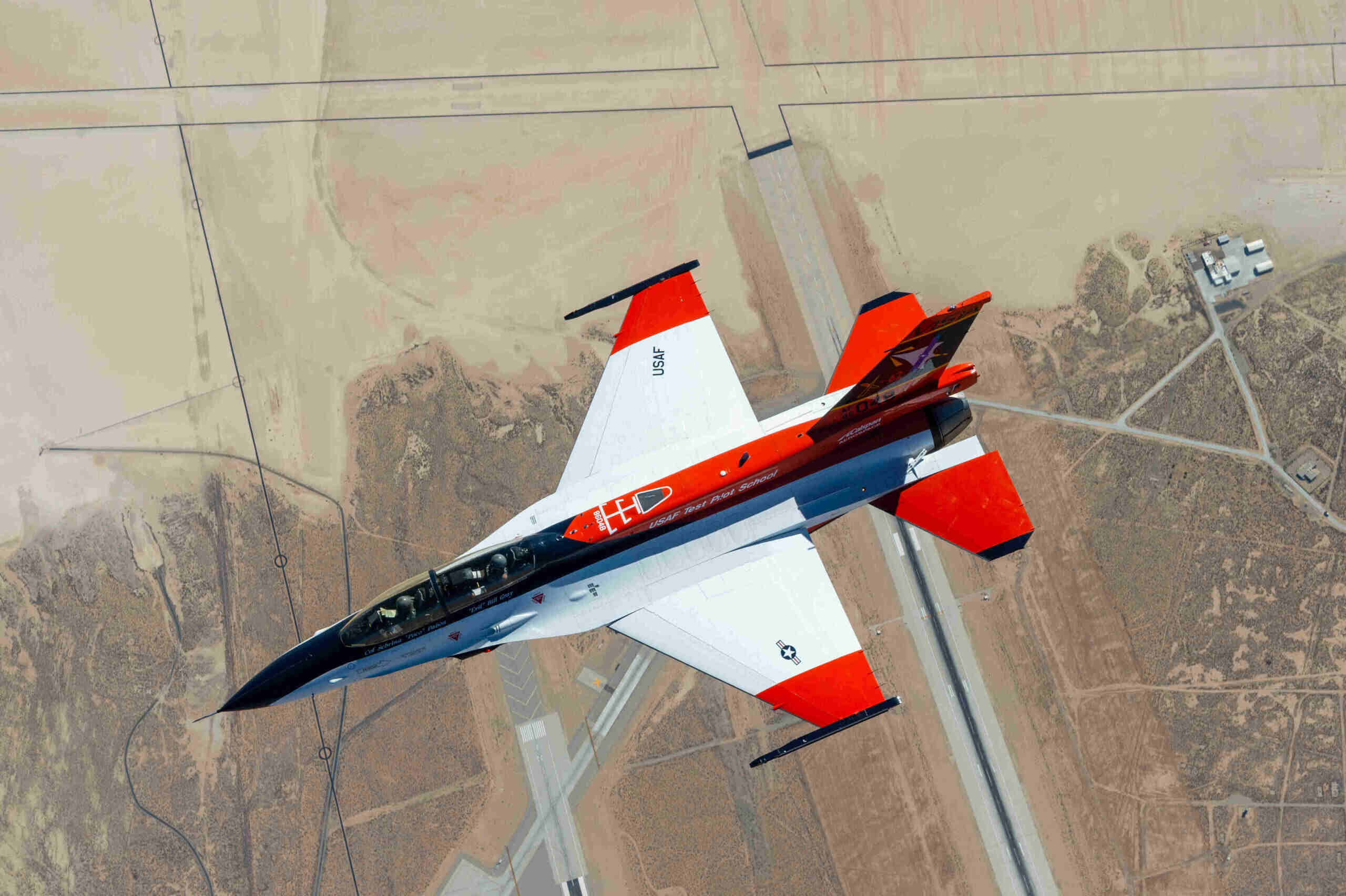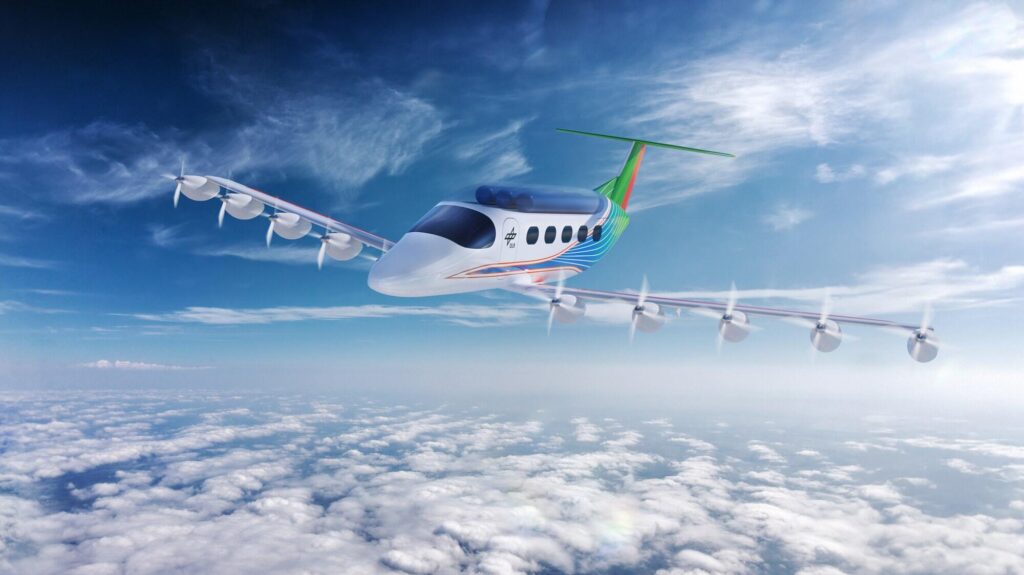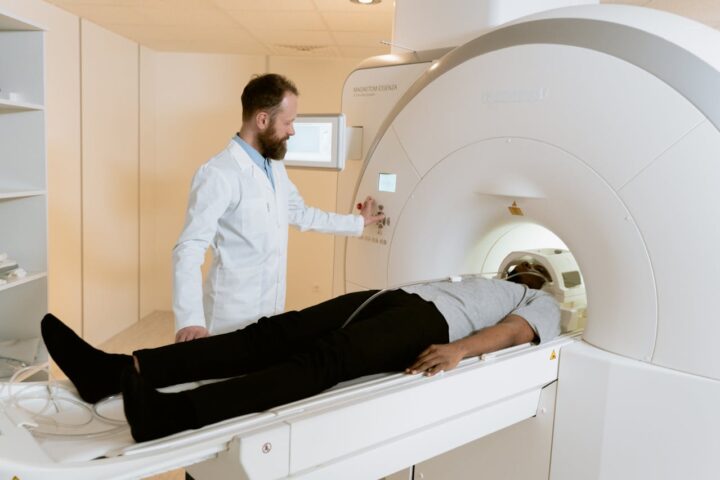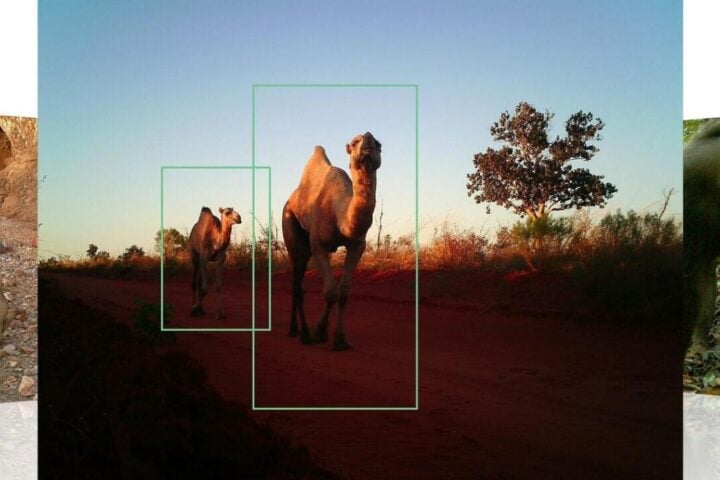The US Air Force has for the first time conducted a direct air combat between two fighter jets, one of which was fully autonomously controlled. This was recently disclosed by the US Air Force, though the “dogfight” took place last year. An adapted F-16 was used for this purpose. The experimental aircraft, designated X-62A, had two test pilots on board who could have intervened at any time, but this was not necessary.
Initially, the exercise involved defensive maneuvers, after which the two fighter jets directly engaged each other. The aircraft approached each other at speeds of up to 1900 km/h and distances as close as 600 meters. However, the winner of the engagement was not disclosed.
Artificial intelligence is a hot topic in military aviation. A benchmark for pilot AIs is their ability to autonomously engage in dogfights, or close-distance air combat, against humans.
The air combat between a human-controlled fighter jet and an autonomously flying one is not the first test of AI technology by the US Air Force. Such breakthroughs have been reported several times, not only by the USA but also by countries like China. However, the AI has only competed against human pilots in simulators. Now, for the first time worldwide, such dogfights have taken place in the air.
The test took place last year. Details were recently revealed in a video published by DARPA, the research division of the US armed forces.
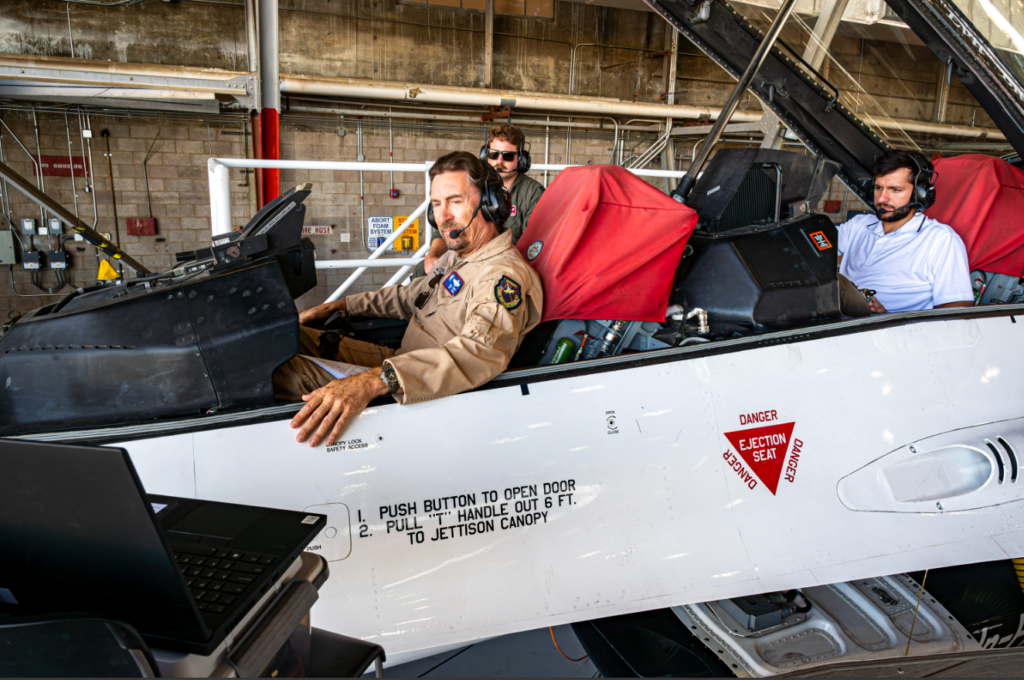
The AI project is called ACE – Air Combat Evolution. Shield AI, which bought Heron Systems in 2021, is also involved. The AI developed by Heron won the AlphaDogfight competition hosted by DARPA in 2020. In this competition, AIs first competed against each other in simulations. The best AI then competed against an F-16 pilot in a simulator – and won decisively.
It took until 2023 for a training air combat to actually be carried out in the air. First, there were 21 test flights, between which the AI agents, the machine-learning components of the AI, were almost daily reprogrammed.
Then the AI had to be taught that it was a training dogfight, where certain safety rules had to be followed. Without these, the AI would push the aircraft to its limits and beyond to win.
By performing daring maneuvers, it could also endanger its human counterpart. Statistics show that even training dogfights are risky: between 2000 and 2016, 32 aircraft were destroyed and 12 people killed in training air combats with F-16s and F-18s.
Once the rules were established, the first dogfight took place in September 2023. The AI completely autonomously controlled an X-62A. As a safety measure, a human pilot was in the cockpit. The AI engaged in the practice air combat against an F-16 pilot.
Defensive and offensive maneuvers were flown. “Nose-to-Nose” maneuvers were also performed, where the jets fly directly towards each other – a particularly risky maneuver. These were performed at speeds of up to 1900 km/h.
The X-62A is a heavily modified, two-seater F-16 of the US Air Force. The aircraft was adapted so that it can simulate the systems and flight characteristics of almost any other aircraft in the air. The project is also known as Variable-stability In-flight Simulator Test Aircraft (VISTA).
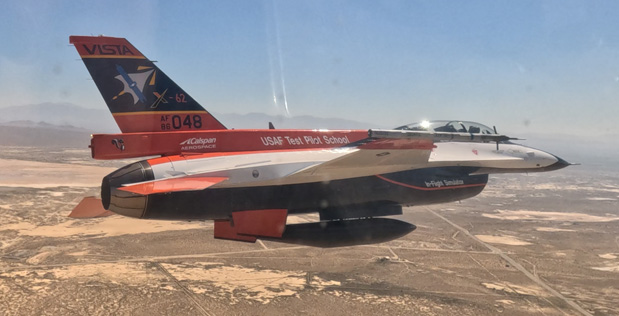
VISTA was already designed with interfaces for AI, making it well-suited for the integration of ACE. Chris Cotting, Research Director of the US Air Force, describes VISTA as, “Imagine a simulator lab at a research facility. We’ve taken the entire lab and packed it into an F-16.”
In addition to the X-62A, the US Air Force has further plans for autonomous aircraft to test AI. As part of the VENOM project, 6 F-16s will be converted to support AI. The work and progress made with X-62A in ACE are expected to flow into this. VISTA is seen as a kind of test bed with additional safeguards to allow controlled experimentation and development of AI. VENOM will have more sensors and is the next step in the evolution towards building a fully autonomous combat fighter on the battlefield.
Moreover, with VENOM, the cooperation between human and machine-controlled fighter jets will be tested and improved. The experience gained will also flow into “Loyal Wingman” concepts, where an unmanned combat jet operates independently but follows the commands of the pilot it accompanies into combat. Specifically for testing such operations, the USA has purchased a Kratos XQ-58A.
Similar Posts
Dogfights might just be the beginning. The video emphasizes that AI dogfights in the air are an important milestone, but far from the goal. “Dogfighting was a problem we had to solve in order to conduct tests with autonomously acting AI in the air,” says Air Force test pilot Bill Gray.
In the future, AI aircraft will be able to carry out missions entirely independently – without remote control, communication to base, or GPS. They will dynamically cooperate with human-controlled and other AI aircraft, reacting to each other and to the battlefield – for instance, in response to emerging threats or civilians on the ground.
Using machine learning, the combat experiences of these AI aircraft will be used to continuously develop and improve the AI for the entire fleet. Ideally, the AI of an autonomous combat helicopter would also benefit from the experiences of an unmanned combat jet, as well as an AI-controlled cruise missile.
Who won the dogfight has not yet been revealed. However, DARPA has announced that more information on the current development status of ACE in the X-62A will be disclosed soon.
